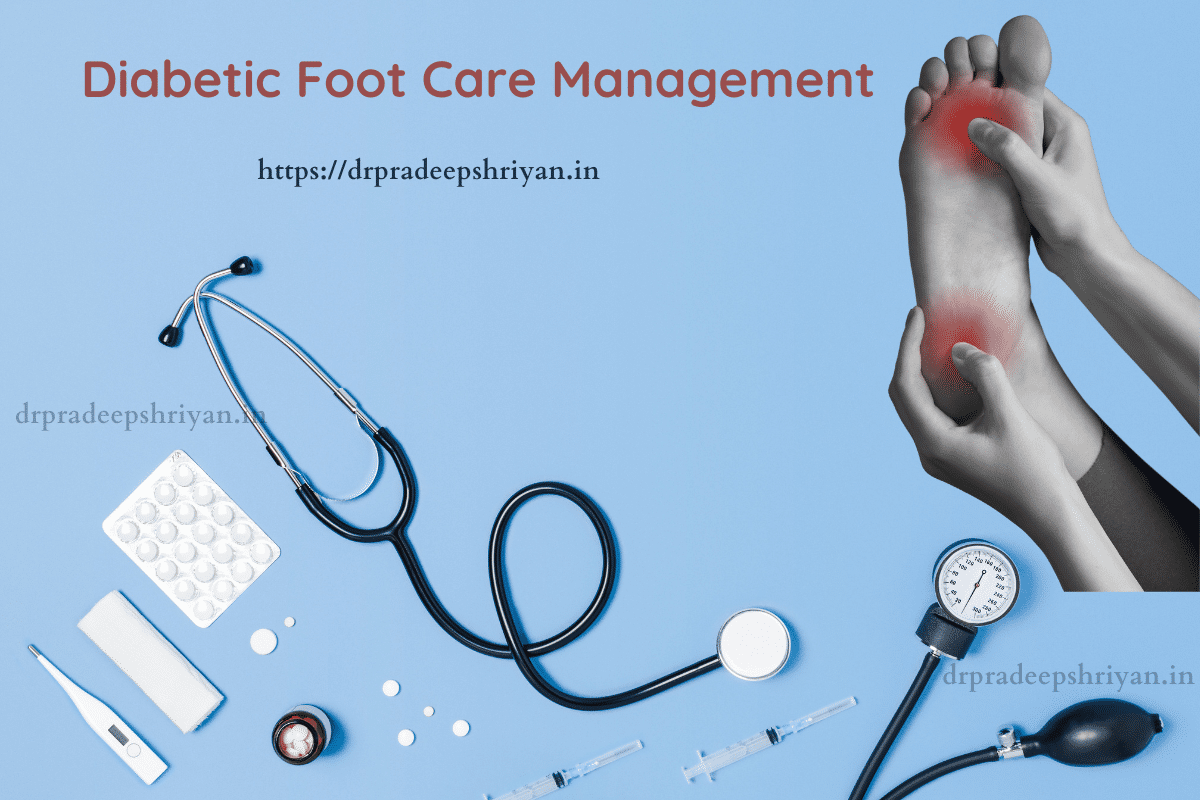July 1, 2023
If you have diabetes, check your feet every day even if they feel fine and see your doctor if you have a cut or blister that won’t heal.
Check for Feeling – No Pain
Some people with nerve damage has numbness, tingling, or pain, but others have no symptoms. Nerve damage can also lower your ability to feel pain, heat, or cold.
Living without pain sounds pretty good, but it comes at a high cost. Pain is the body’s way of telling you something’s wrong so you can take care of yourself. If you don’t feel pain in your feet, you may not notice a cut, blister, sore, or other problem. Small problems can become serious if they aren’t treated early.
Foot-friendly Activities:

Symptoms need a special attention and a need to contact with Doctor for a diabetic:
Diabetes and related Amputation:
Lower-limb amputations (LLA), which is surgery to remove a toe, foot, or leg are a result of complications from diabetes.
Diabetes and LLA: High blood sugar over time can cause diabetes complications that raise the chance of an LLA:
Peripheral arterial disease (PAD) can narrow the blood vessels that carry blood to your legs and feet. Poor blood supply can make even a tiny cut heal slowly or not at all.
Peripheral nerve damage can cause loss of sensation so you may not notice cuts, sores, or ulcers on diabetic’s feet.
With these complications, even a small cut can become a serious infection.
If a diabetic has following symptoms don’t wait until it becomes a serious infection. See a Doctor or Surgeon right away if:
Developed by PRAZONE Web Solutions
Copyright © 2024 All rights reserved by
Dr Pradeep Shriyan